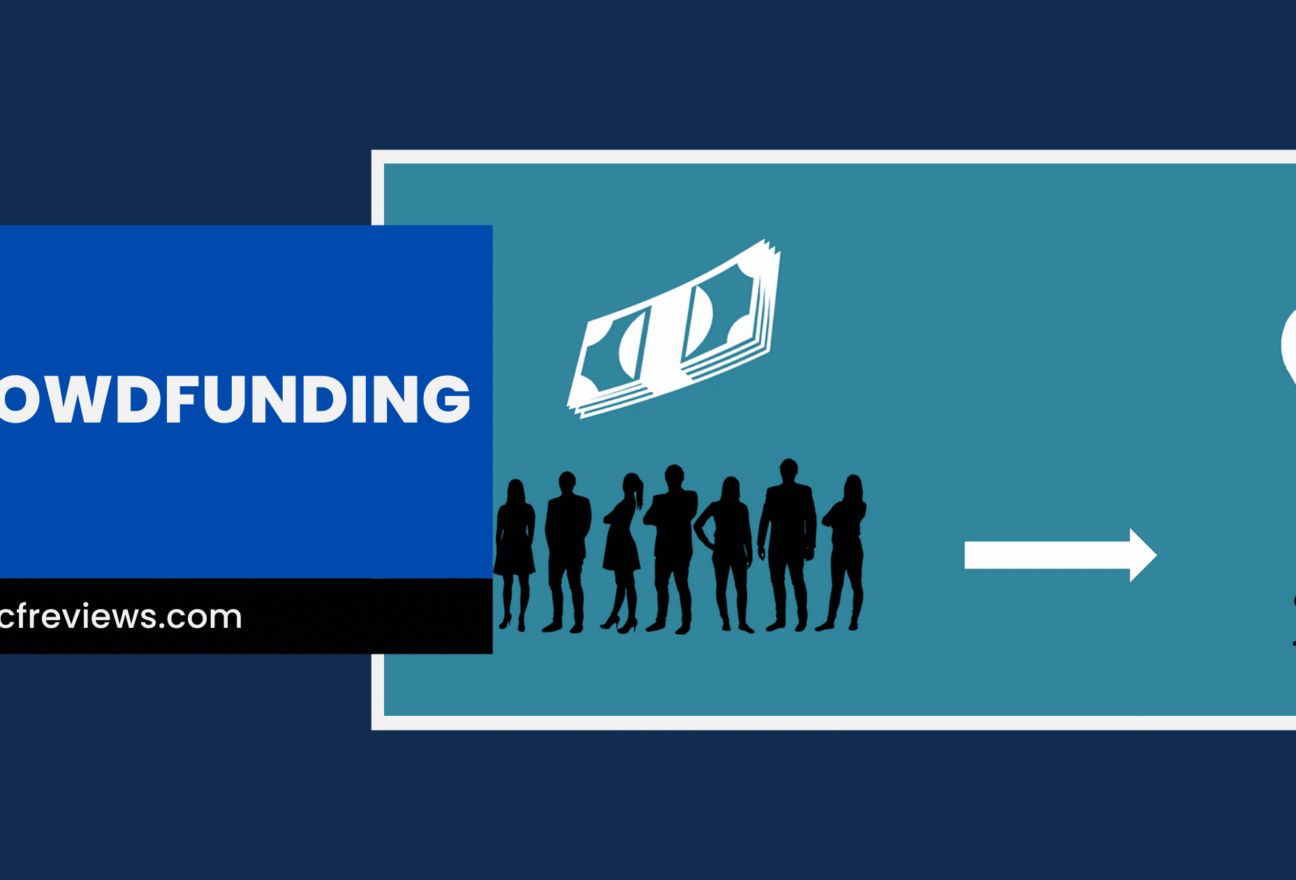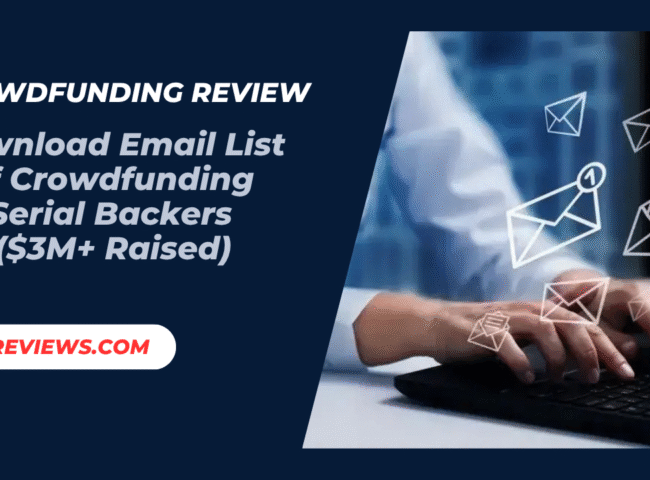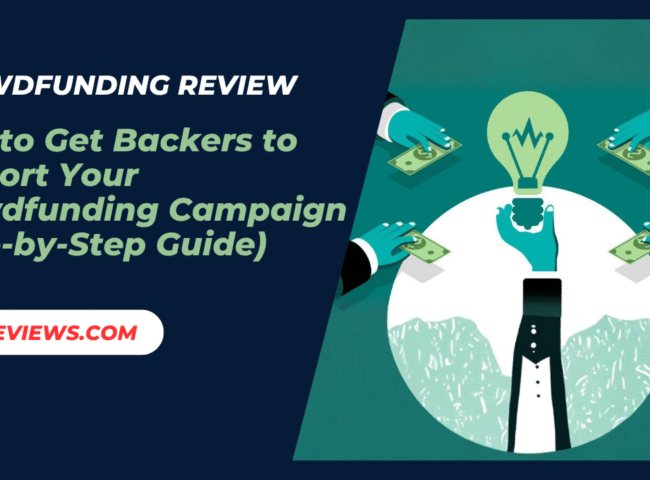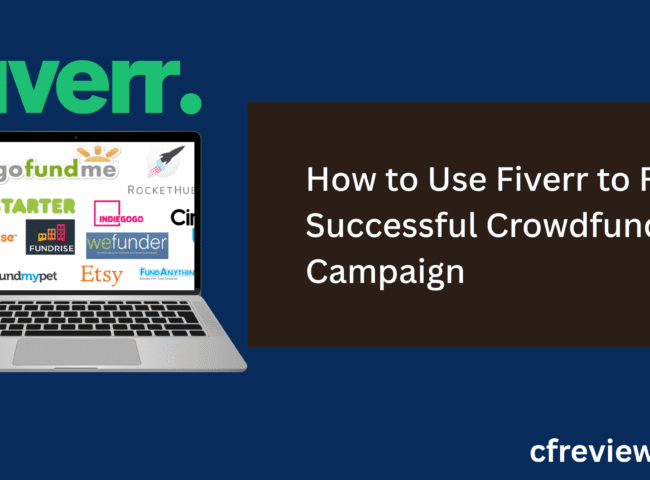Crowdfunding has transformed the way individuals, entrepreneurs, and organizations raise money for their projects. Instead of relying on banks, venture capital, or personal savings alone, people now turn to the power of the internet and community support. But what is crowdfunding, and how does it work?
In this post, we’ll break down the meaning of crowdfunding, the different types of crowdfunding, how it benefits backers and creators, and why it has become one of the most popular ways to fund ideas, startups, and causes worldwide.
What is Crowdfunding?
At its core, crowdfunding is the practice of raising small amounts of money from a large group of people, typically through online crowdfunding platforms. Instead of one investor funding an entire project, many individuals contribute smaller amounts, making it easier for creators to meet their financial goals.
Some common uses include:
- Crowdfunding for startups launching innovative products.
- Crowdfunding for small businesses looking to expand.
- Crowdfunding for personal causes such as medical bills, education, or charity.
- Crowdfunding for creative projects like films, music albums, or books.
In short, crowdfunding makes it possible for anyone with an idea to connect directly with supporters and raise money without traditional barriers.
How Crowdfunding Works
The crowdfunding process usually follows these steps:
Project Creation
– A creator, entrepreneur, or organization creates a campaign on a crowdfunding platform. They describe the project, set a fundraising goal, and sometimes offer rewards.- Promotion – The campaign is shared through social media, email, and networks to attract backers.
- Funding Contributions – Supporters (also called backers) contribute money, often in small amounts, to help reach the goal.
- Project Fulfillment – If the campaign succeeds, funds are delivered to the creator. In many cases, backers receive rewards, equity, or simply the satisfaction of supporting a cause.
This model not only raises money but also validates ideas by proving that there is real interest and demand.
Types of Crowdfunding
There are several different types of crowdfunding, each serving a unique purpose.
1. Reward-Based Crowdfunding
One of the most popular models, this allows backers to contribute money in exchange for rewards. For example, a new tech gadget campaign might offer early access or special editions to supporters. Platforms like Kickstarter and Indiegogo are leaders in this category.
2. Equity Crowdfunding
Here, backers don’t just support a project—they become investors. In exchange for funding, contributors receive equity or shares in the business. This is particularly attractive for startups and small businesses seeking long-term growth.
3. Donation-Based Crowdfunding
This type is focused on charitable causes, medical expenses, or personal needs. Donors give money without expecting financial returns, making it popular for nonprofit organizations. GoFundMe is the best-known platform in this space.
4. Debt Crowdfunding (Peer-to-Peer Lending)
Instead of banks, individuals lend money to businesses or other individuals with the expectation of being repaid with interest. Also known as peer-to-peer lending, this model has grown as an alternative to traditional loans.
Benefits of Crowdfunding
So, why do creators and backers flock to crowdfunding platforms? Let’s look at the key benefits.
For Creators & Entrepreneurs
- Access to Capital: Raise funds without needing bank loans or venture capital.
- Market Validation: Prove demand for your idea before mass production.
- Marketing Exposure: Campaigns gain attention through platforms, social media, and press coverage.
- Community Building: Develop loyal supporters who believe in your vision.
For Backers & Supporters
- Early Access: Be among the first to receive innovative products.
- Direct Support: Help fund causes, creators, and businesses you care about.
- Potential Returns: In equity or debt crowdfunding, supporters may gain financial rewards.
- Community Participation: Join like-minded individuals in supporting ideas that matter.
Crowdfunding Platforms You Should Know
There are many crowdfunding platforms, each catering to different needs:
- Kickstarter – Best for creative projects.
- Indiegogo – Flexible funding options for startups and tech innovations.
- GoFundMe – Donation-based campaigns for personal and charitable causes.
- SeedInvest / Crowdcube – Equity crowdfunding for startups.
- LendingClub / Funding Circle – Peer-to-peer lending for small businesses.
Is Crowdfunding Safe?
While crowdfunding offers many opportunities, it also comes with risks:
- Some projects may not deliver on promises.
- Campaign creators may underestimate costs.
- Backers might lose money in failed campaigns.
That’s why it’s important to research campaigns, read crowdfunding reviews, and support creators with a proven track record.
Keywords to rank for: is crowdfunding safe, crowdfunding risks, crowdfunding transparency.
Crowdfunding for Startups and Small Businesses
For many entrepreneurs, crowdfunding is more than fundraising—it’s a launch strategy.
- Startups use reward or equity crowdfunding to test demand for new products.
- Small businesses use crowdfunding loans or peer-to-peer lending to secure working capital.
- Creative entrepreneurs use crowdfunding to fund books, films, and art projects.
The Future of Crowdfunding
As technology evolves, crowdfunding continues to expand:
- Blockchain crowdfunding may allow for decentralized, transparent funding.
- Niche crowdfunding platforms will grow for industries like real estate, health, and education.
- Global crowdfunding will increase, giving creators access to supporters worldwide.
Conclusion
So, what is crowdfunding? It’s more than just fundraising—it’s a movement that empowers individuals, startups, nonprofits, and communities to bring ideas to life through collective support. From reward-based campaigns on Kickstarter to donation drives on GoFundMe, crowdfunding has opened doors for millions of creators and backers around the world.
If you’re thinking about launching a campaign or supporting one, remember: research is key. Read reviews, evaluate project credibility, and choose the crowdfunding platform that matches your needs.
Whether you’re a backer looking for exciting projects or a creator ready to launch your dream, crowdfunding is a powerful tool for innovation, collaboration, and community building.







Leave feedback about this